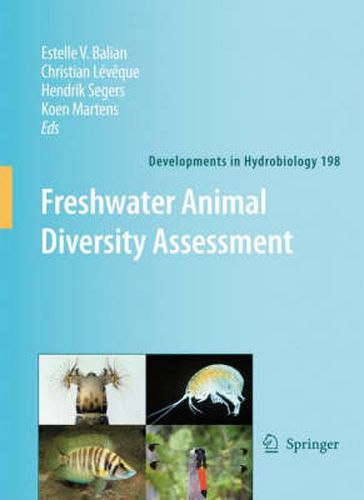Readings Newsletter
Become a Readings Member to make your shopping experience even easier.
Sign in or sign up for free!
You’re not far away from qualifying for FREE standard shipping within Australia
You’ve qualified for FREE standard shipping within Australia
The cart is loading…






such as ?oodplains and temporary ponds) challenge this de?nition. Our decision has been to include such The term ‘aquatic macrophytes’ refers to a diverse species as aquatic macrophytes , only if their group of aquatic photosynthetic organisms, all large environmental survival is clearly dependent upon enough to see with the naked eye. It includes regular re?lling of their aquatic habitat with a source macroalgae of the divisions Chlorophyta (green of fresh to brackish water. algae), Xanthophyta (yellow-green algae) and Rho- The freshwater macroalgae are primarily rep- dophyta (red algae) and the blue-green algae (more sented by the green algae, especially the Charales, correctly known as Cyanobacteria), Bryophyta commonly known as the stoneworts or brittleworts (mosses and liverworts), Pteridophyta (ferns) and (e.g., Chara and Nitella spp.). The Charales are often Spermatophyta (seed-bearing plants), the vegetative mistaken for higher plants because they have erect parts of which actively grow either permanently or central stalks that are divided into short nodes and periodically (for at least several weeks each year) long internodes of elongated multinucleate cells, with submerged below, ?oating on, or growing up through a whorl of branchlets at each node (Fig. 1).
$9.00 standard shipping within Australia
FREE standard shipping within Australia for orders over $100.00
Express & International shipping calculated at checkout
such as ?oodplains and temporary ponds) challenge this de?nition. Our decision has been to include such The term ‘aquatic macrophytes’ refers to a diverse species as aquatic macrophytes , only if their group of aquatic photosynthetic organisms, all large environmental survival is clearly dependent upon enough to see with the naked eye. It includes regular re?lling of their aquatic habitat with a source macroalgae of the divisions Chlorophyta (green of fresh to brackish water. algae), Xanthophyta (yellow-green algae) and Rho- The freshwater macroalgae are primarily rep- dophyta (red algae) and the blue-green algae (more sented by the green algae, especially the Charales, correctly known as Cyanobacteria), Bryophyta commonly known as the stoneworts or brittleworts (mosses and liverworts), Pteridophyta (ferns) and (e.g., Chara and Nitella spp.). The Charales are often Spermatophyta (seed-bearing plants), the vegetative mistaken for higher plants because they have erect parts of which actively grow either permanently or central stalks that are divided into short nodes and periodically (for at least several weeks each year) long internodes of elongated multinucleate cells, with submerged below, ?oating on, or growing up through a whorl of branchlets at each node (Fig. 1).